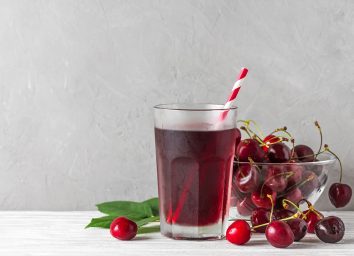These Are The Best Ways To Cook Your Food—And The Absolute Worst
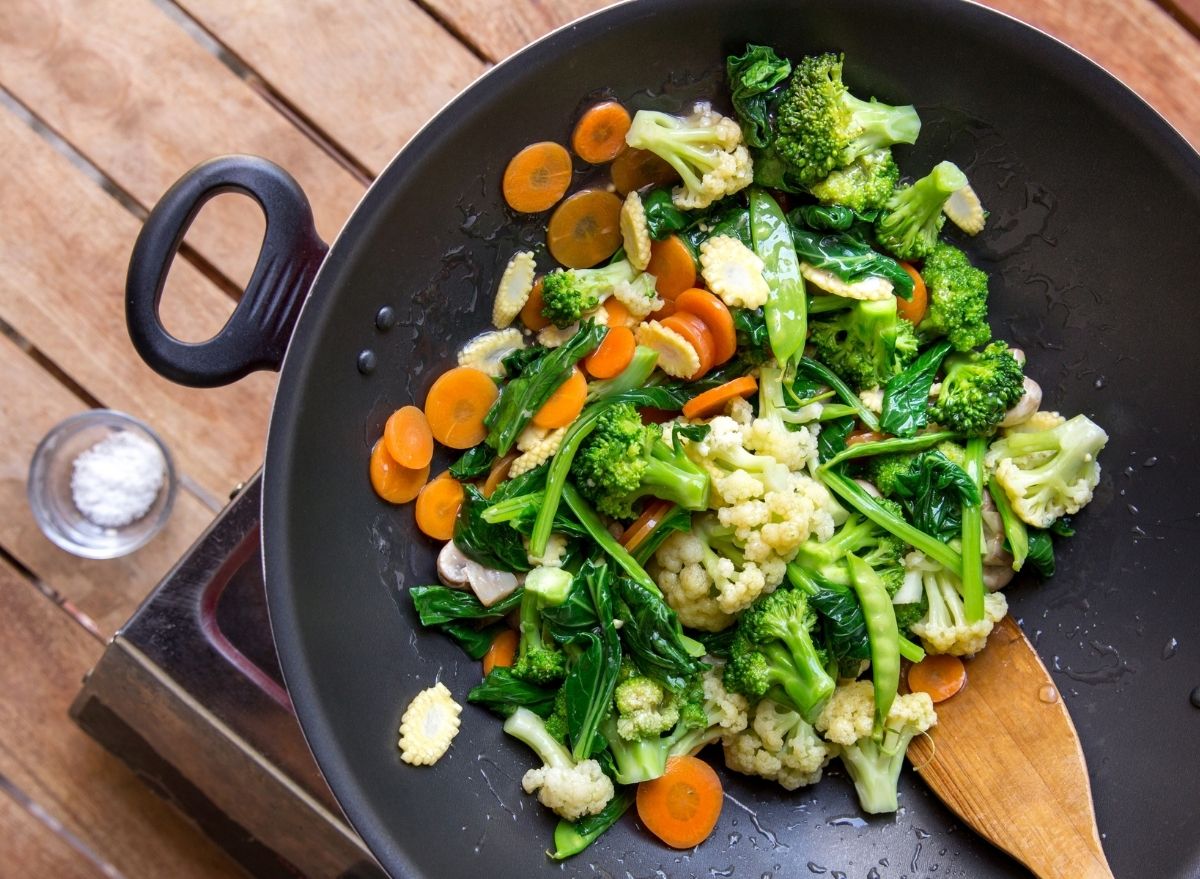
Even though there is a long list of ways to prepare food, that doesn't necessarily mean they are all beneficial for our health. Where different cooking methods stand on the nutritional benefit spectrum varies greatly. For example, deep frying can cause major health issues in the long run, whereas steaming can help some vegetables retain nutrients. Perhaps surprisingly though, it goes even deeper than that—for instance, one cooking method may help boost the nutritional content of one kind of food but may actually plummet that of another. Overall, at the end of the day, it is important to just make sure you are making the healthiest choices by aiming to eat a balanced diet and choosing the best cooking methods for your meals.
Read ahead to gain some insight on some of the best and work cooking methods out there, and the nutritional benefits (or drawbacks) that are associated with each. You may also learn some invaluable cooking tidbits along the way. (If you want to brush up on your cooking skills, check out: 30 Best Cooking Tips, According to Experts.)
What makes a cooking technique good?
The best cooking techniques are those that not only help create delicious dishes but also ones that help retain a high amount of the food's vitamins and nutrients. "We all would have to agree that the healthiest methods of cooking would help retain the foods' natural nutritional benefit while at the same time produce a palatable, flavorful product," says Michele Smallidge, Ed.D. RD, Program Director of Exercise Science at School of Health Sciences, University of New Haven. Smallidge shares that roasting, baking, stewing, and sauteing in a small amount of water or oil, are healthy options when deciding on a cooking method. She also explains that roasting, for example, can actually help heighten some vegetables' flavor and nutrient content.
"Unfortunately, it is not all cut and dry, because not all vegetables and cooking methods produce such positive effects," explains Smallidge, "In fact, some methods actually can reduce heat and light-sensitive nutrients and vitamins, like Vitamin C and some B vitamins, to name a few." Because of this, Smallidge suggests "changing up" your cooking methods often. "In short, change your method of cooking on a regular basis, but [make sure to] keep them healthy as you do this," says Smallidge, "Remember to leave out the saturated fats—butter, margarine, cream or lard—and don't be too heavy-handed with added salt."
What makes a cooking technique bad?
Smallidge explains that some of the worst techniques of cooking are ones that jack up the saturated fats and salt, and increase the chances of carcinogen promotion. "For example, frying, grilling, and smoking, with added fats and salt seasonings and especially when the food is burnt, can be harmful," shares Smallidge, "Consuming foods prepared by these methods have been found to increase risk of both heart disease and cancer risk." Smallidge points out that it has been well-documented that an excess of saturated fat and sodium in one's diet can increase the chances of heart disease, and that burnt foods can actually raise the risk of some cancers. "The American Institute of Cancer Research has published cooking and grilling recommendations to reduce the production of these cancer-promoting properties and substances," she says. Here are the best and worst cooking methods presented from worst to best.
Deep Frying
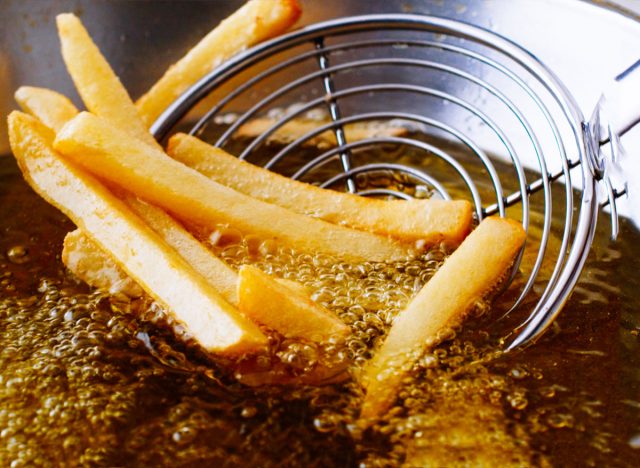
Deep frying food may be one of the unhealthiest ways to prepare food. "Any time we are frying or eating fried food—especially deep-fried—it is never good for health or your waistline," explains Kimberly Gomer, MS, RD, LDN, Director of Nutrition at Pritikin Longevity Center. According to medical journal, The BMJ, regularly eating fried food is associated with an increase in the possibility of death among postmenopausal women. That same journal also found that eating fried food regularly can also increase your chances of serious heart disease and stroke. If you do fry food, make sure to opt for healthier cooking oils, such as olive oil or avocado oil.
Smoking
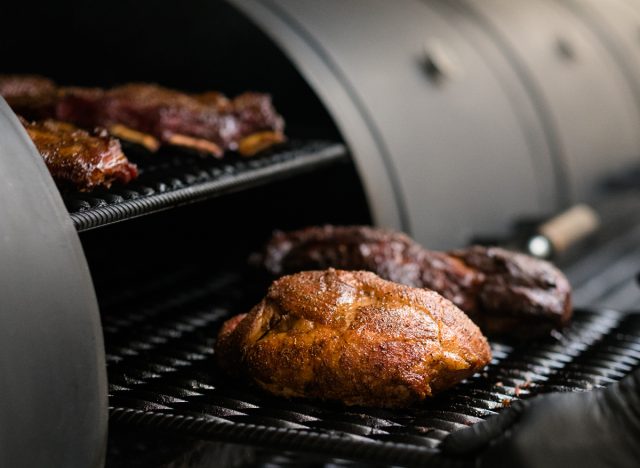
As Smallidge mentioned earlier, smoking food, especially meats, can have serious negative effects on your health if eaten regularly. According to one study, researchers found a connection between cancer of the intestinal tract and the frequent consumption of smoked foods. Because of this, it is important to be aware of just how much smoked food you are consuming.
Grilling
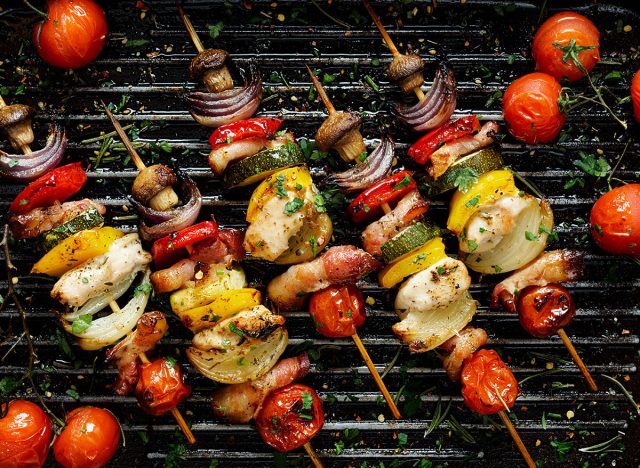
Grilling makes food taste delicious and can also help retain nutrients and cut back on fats. However, it is important not to grill meat, or other food items, to the point of burning or charring them. According to research done by Harvard Health, grilling can expose food to cancer-causing chemicals that are contained in the smoke. Another study by the same institution found that grilling and high-temperature cooking may also be linked with high blood pressure.
Air Frying
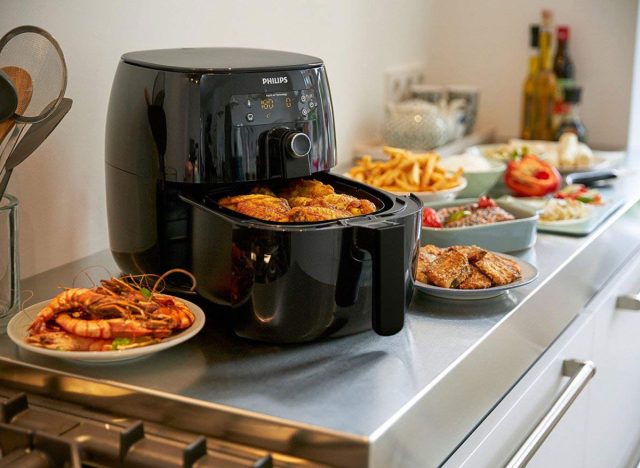
If you want a healthier alternative to frying, then air frying is a great option. "You can make a 'fried-like' product using zero to a spray of healthy oil, like avocado oil spray, to make foods taste fried without the mess and tons of fat calories," says Gomer. Gomer points out that Brussels sprouts, cauliflower, sweet potato fries, chicken, and salmon taste great prepared this way. "My personal favorite [airfryer] is the Ninja Foodi, which is a combo of a grill and air fryer," she adds.
Microwaving
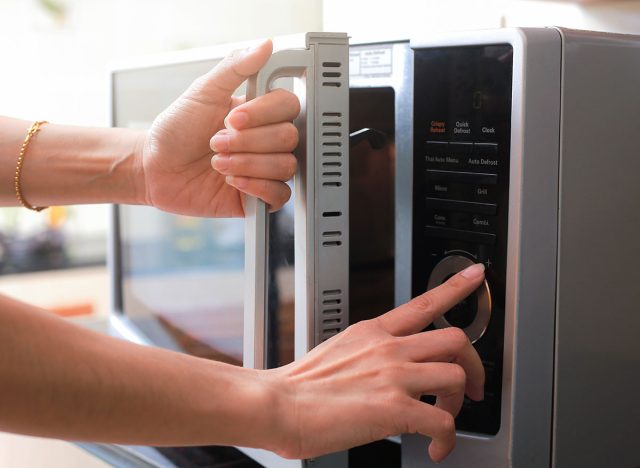
Perhaps surprisingly, microwaving does a good job of preserving a food's vitamin C content, as well as other nutrients that are often diminished in the heating process. Researchers conducted a study in which they found that microwaving and steaming were able to best preserve flavonoids found in broccoli. Harvard Health Publishing explains that the microwave is able to do this in part because of shorter cooking times.
Sauteing
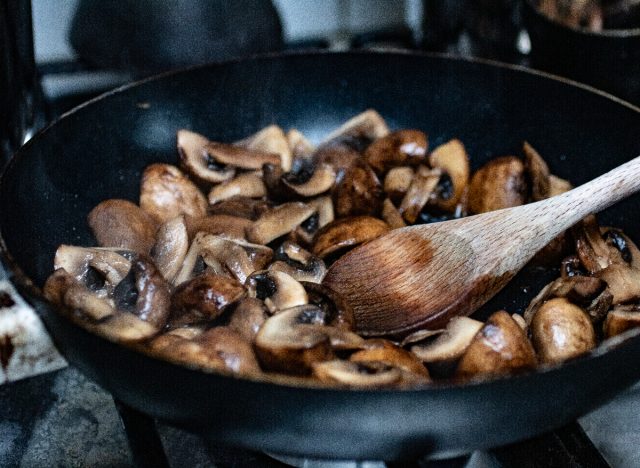
Sauteing is a tasty way to prepare foods, such as vegetables and meats, while also opting for a healthier alternative. However, it is important to keep in mind which ingredients you use while sauteing. For example, one study done in Spain found that sauteing broccoli with olive oil or sunflower oil helped better retain the vegetable's vitamin C content.
Roasting
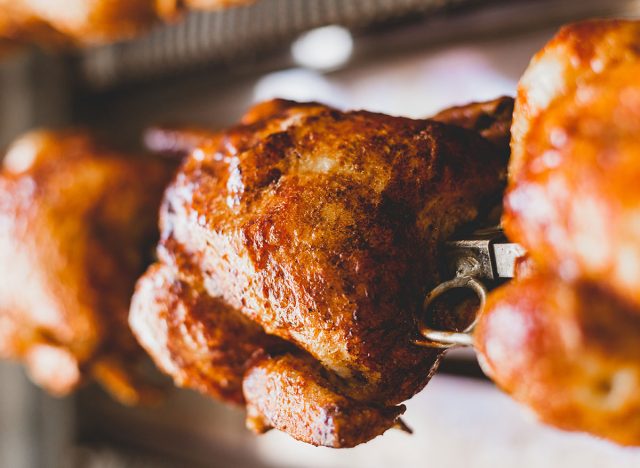
Smallidge explains that roasting food is an example of a cooking method that may help amp up the flavor of food, while also enhancing its nutritional content. "Roasting vegetables, with a small drizzle of oil and a pinch of salt, can really bring out the flavor and enhance the availability of such nutrients as beta carotene, lycopene (a carotenoid which may help reduce heart disease risk), and calcium. In this example, the cooking process brings out the benefits." However, is it important that this is dependent on the food item—whereas roasting can boost some nutritional benefits of one type of food, it can lower the benefits of another.
Sous Vide
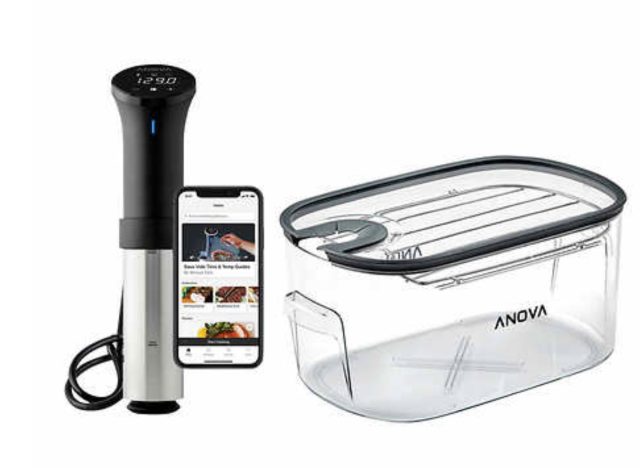
Sous vide uses an airtight vacuum seal and a slow cooking time to help create tasty culinary creations. This method not only locks in moisture, resulting in a juicy dish, it also comes with its own variety of health benefits. For starters, according to Sous Vide Magazine, its non-invasive cooking temperatures and vacuum-sealed detail both help to preserve water-soluble vitamins, such as vitamin C and B.
Pressure Cooking
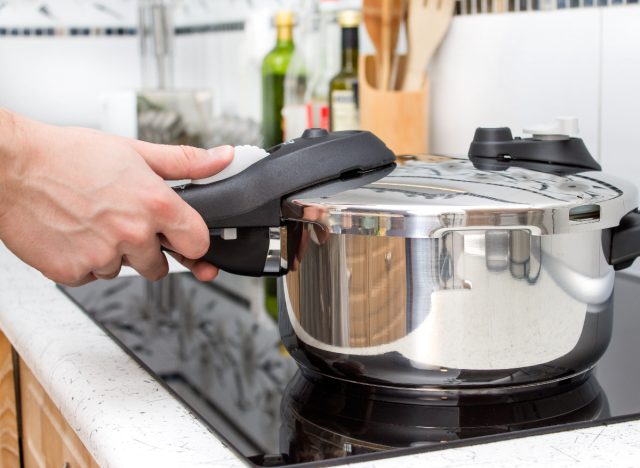
Gomer shares that using an Instant Pot for pressure cooking may be one of the easiest and healthiest ways to prepare foods. "The Instant Pot wins the prize for cooking healthy soups and chili," she shares, "Literally you throw the ingredients in, push a button and that's it. Easy cleanup and a veggie soup is liquid gold for healthy eating." And apparently, Gomer is not the only fan of this clever invention. According to the Cleveland Clinic, pressure cooking can help preserve food's nutrients during the cooking process. For instance, in another study published in the Journal of Food Science, researchers found that broccoli retained 90% of its vitamin C content when prepared in a pressure cooker.
Steaming
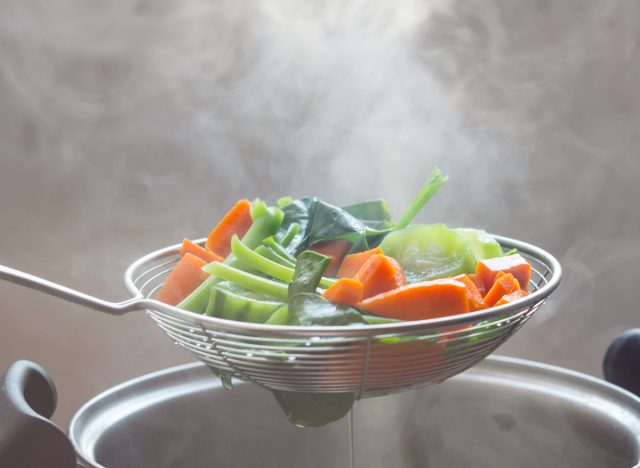
Not only is steaming an easy, simple way to prepare food, but it also comes with a bevy of health benefits. According to research done by Cornell University, steaming vegetables, such as carrots, peppers, and cabbage, can help provide more antioxidants compared to when these same vegetables are consumed raw. Water-soluble vitamins, such as vitamin C and most B vitamins, may also be retained more during steaming, as opposed to boiling, due to the food's limited contact with water.
Read more about the healthiest foods you can eat:
100 Unhealthiest Foods On the Planet

